Uganda’s roads present unique challenges that require specific safety awareness and defensive driving techniques. From busy urban streets in Kampala to rural highways connecting different regions, understanding local road conditions and traffic patterns is crucial for every driver’s safety. Here are the essential safety tips that can help prevent accidents and save lives on Ugandan roads.
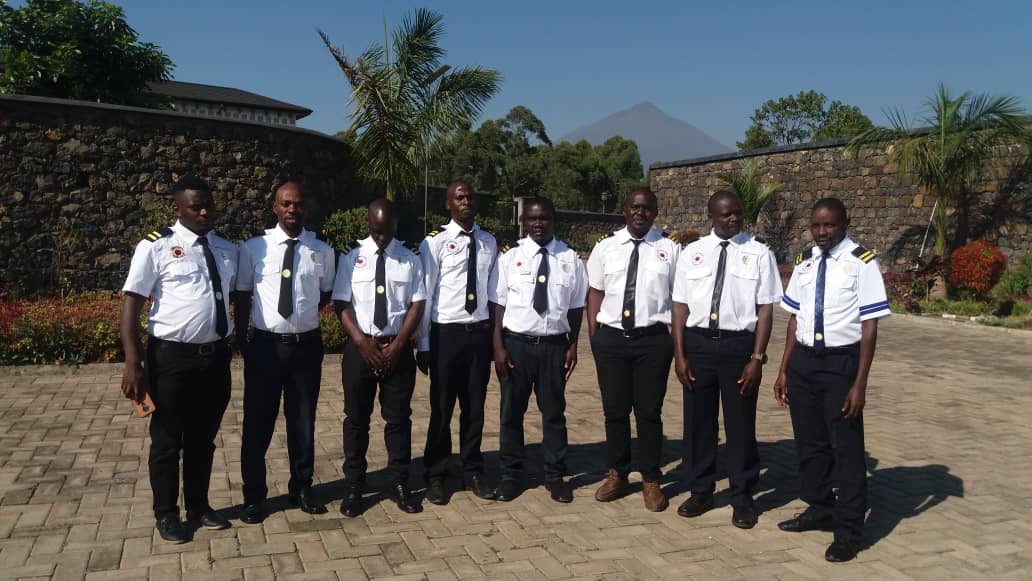
Understanding Uganda’s Road Environment
Uganda’s road network consists of murram roads, tarmac highways, and urban streets with varying conditions. Many roads experience heavy traffic during peak hours, while rural areas may have limited lighting and unpredictable road surfaces. Weather conditions, especially during rainy seasons, can significantly impact driving safety with reduced visibility and slippery surfaces.
Vehicle Maintenance and Pre-Trip Checks
Before hitting the road, ensure your vehicle is roadworthy. Check tire pressure and tread depth regularly, as many Ugandan roads can be harsh on tires. Inspect your brakes, lights, and windshield wipers frequently. Keep your vehicle’s registration, insurance, and driving permit current and easily accessible. A well-maintained vehicle is your first line of defense against road accidents.
Defensive Driving Techniques
Always maintain a safe following distance, especially on highways like the Kampala-Entebbe Expressway or the Northern Bypass. Use the three-second rule as a minimum, increasing this distance during rain or poor visibility. Anticipate the actions of other road users, including pedestrians, cyclists, and motorcycle taxis (boda bodas) who may change direction suddenly.
Navigating Urban Traffic Safely
In busy areas like Kampala’s city center, patience is essential. Avoid aggressive lane changing and give way to emergency vehicles. Be extra cautious around schools, markets, and bus stops where pedestrian activity is high. Use indicators consistently and check mirrors frequently. When parking, choose well-lit areas and avoid blocking emergency exits or pedestrian walkways.
Highway and Long-Distance Driving
On major highways connecting cities, maintain steady speeds appropriate for road conditions. Overtake only when it’s safe and legal, ensuring you have clear visibility ahead. Be aware of slow-moving vehicles like trucks and agricultural equipment. Plan rest stops every two hours to combat fatigue, especially during long journeys between regions.
Weather-Related Safety
During Uganda’s rainy seasons, reduce speed and increase following distance. Turn on headlights even during daytime rain for better visibility. Avoid driving through flooded areas, as water depth can be deceiving. If you must drive in heavy rain, pull over safely and wait for conditions to improve rather than risking hydroplaning or reduced visibility.
Sharing the Road Responsibly
Uganda’s roads are shared by various users including pedestrians, cyclists, motorcycles, and heavy vehicles. Always check blind spots before changing lanes or turning. Give cyclists and motorcyclists plenty of space, as they may not be easily visible. Be patient with slower vehicles and avoid unnecessary honking, which can create confusion.
Night Driving Precautions
Avoid night driving when possible, especially on unfamiliar routes. If you must drive at night, ensure all lights are working properly and clean. Reduce speed and increase following distance, as visibility is significantly reduced. Be extra vigilant for pedestrians and animals on the road, particularly in rural areas where street lighting may be minimal.
Emergency Preparedness
Keep emergency supplies in your vehicle including a first aid kit, emergency triangles, flashlight, and basic tools. Know important emergency numbers and have them easily accessible. If you break down, move your vehicle off the road if possible and set up warning triangles. Stay with your vehicle and call for help rather than attempting repairs on busy roads.
Speed Management and Traffic Rules
Respect speed limits, which are typically 50 km/h in urban areas and 80-100 km/h on highways. Adjust your speed according to road conditions, weather, and traffic density. Come to complete stops at stop signs and red lights. Avoid using mobile phones while driving, as distracted driving is a leading cause of accidents.
Special Considerations for Ugandan Roads
Be aware of livestock on roads, especially in rural areas where cattle and goats may wander onto the roadway. Watch for construction zones and temporary road diversions, which are common as infrastructure improves. Respect traffic police and other road authorities, carrying all required documents and complying with reasonable requests.
Conclusion
Safe driving in Uganda requires constant awareness, preparation, and respect for other road users. By following these essential safety tips, drivers can significantly reduce their risk of accidents and contribute to safer roads for everyone. Remember that defensive driving isn’t just about protecting yourself—it’s about ensuring the safety of all road users, from pedestrians to fellow motorists.
The key to safe driving is developing good habits that become second nature. Whether you’re commuting in Kampala’s busy traffic or traveling between regions, these safety principles will help you reach your destination safely. Drive responsibly, stay alert, and always prioritize safety over speed or convenience.


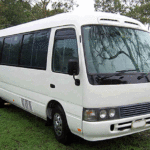
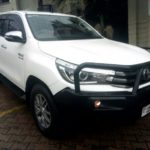


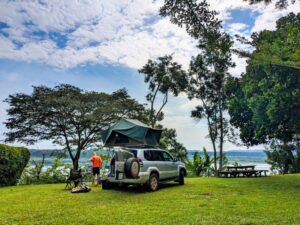
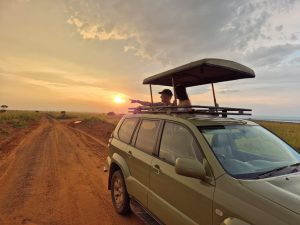


Related Articles
Bwindi Park Ranks Third Best Adventure Destination Globally
The Best 4×4 Cars for Cross-Border Trips Across East Africa
Uganda Self-Drive: 4×4 Driving Tips for the Left Lane